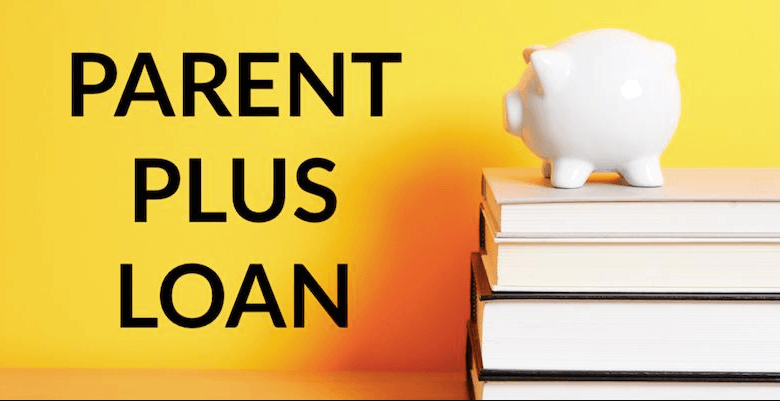
What Is A Plus Loan: A Comprehensive Guide
In today’s world, higher education often comes with a hefty price tag, and many students and their families find themselves seeking financial aid options. One such option is the PLUS loan. In this article, we will delve into the intricacies of what Is a PLUS loan is, how it works, and who is eligible for it.
What is a PLUS Loan?
Definition
A PLUS loan, short for Parent Loan for Undergraduate Students, is a federal loan program in the United States that helps parents or guardians finance their child’s education. This loan is available to parents of dependent undergraduate students to cover educational expenses.
Borrower Responsibility
It’s essential to note that with a PLUS loan, the parent is entirely responsible for repaying the loan amount, not the student. This financial responsibility places the onus on parents to carefully consider their ability to repay before applying for a PLUS loan.
Types of PLUS Loans
There are two primary types of PLUS loans:
1. Parent PLUS Loans
Parent PLUS loans are the most common form of PLUS loans. Parents take out these loans to finance their child’s education. To qualify, parents must have an acceptable credit history.
2. Grad PLUS Loans
Unlike the Parent PLUS loan, the Grad PLUS loan is the responsibility of the student. To qualify, students must also have a good credit history.
Application Process
1. FAFSA Form
To apply for a PLUS loan, parents or graduate students must complete the Free Application for Federal Student Aid (FAFSA) form. This form is essential for determining eligibility for federal financial aid programs, including PLUS loans.
2. Credit Check
After completing the FAFSA, a credit check is conducted. A negative credit history can affect eligibility for a PLUS loan, but there are options for borrowers with adverse credit.
3. Loan Approval
Once approved, borrowers can decide the loan amount they need, up to the cost of attendance at their child’s school.
Interest Rates and Repayment
Interest Rates
As of the most recent data available, PLUS loans have a fixed interest rate. The interest rate is set annually by the government and is usually lower than private loans.
Repayment Options
Repayment for PLUS loans typically begins within 60 days of disbursement. There are several repayment plans available, including standard, extended, and income-driven options.
Benefits of PLUS Loans
1. No Maximum Borrowing Limit
One of the significant advantages of PLUS loans is that there is no maximum borrowing limit. This flexibility can be helpful for parents and students facing high educational costs.
2. Fixed Interest Rates
The fixed interest rates on PLUS loans provide borrowers with predictability in their monthly payments, making budgeting more manageable.
3. Deferment Options
In certain situations, borrowers can request deferment, temporarily postponing loan payments. This can be beneficial if borrowers face financial hardship.
Eligibility and Considerations
1. Credit History
A good credit history is crucial for PLUS loan eligibility. If a parent or student has an adverse credit history, they may still qualify with an endorser or by demonstrating extenuating circumstances.
2. Enrollment Status
To be eligible for a PLUS loan, the student must be enrolled at least half-time at an eligible school.
3. Loan Limits
The loan amount a parent or student can receive through a PLUS loan is determined by the school’s cost of attendance minus any other financial aid received. Read more…
Conclusion
In conclusion, what is a PLUS loan can be a valuable tool for parents and graduate students seeking financial assistance for higher education. However, it’s essential to understand the responsibilities, eligibility criteria, and repayment options associated with these loans. Careful consideration and financial planning are crucial when deciding if a PLUS loan is the right choice.
FAQs
1. Can a student apply for a Parent loan on their own?
No, the Parent PLUS loan is specifically for parents or guardians of dependent undergraduate students. Graduate students can apply for Grad loans.
2. Are there any fees associated with loans?
Yes, there is a loan fee for loans. The fee is a percentage of the loan amount and is deducted from each disbursement.
3. What happens if a borrower defaults on a loan?
Defaulting on a loan can have serious consequences, including damage to the borrower’s credit score and wage garnishment. It’s essential to explore loan rehabilitation and consolidation options if facing financial difficulties.
4. Can the loan amount cover all educational expenses?
The loan amount for a loan can cover the cost of attendance minus any other financial aid received, but it’s crucial to budget wisely to ensure all expenses are met.
5. How can I apply for a loan?
To apply for a loan, start by completing the FAFSA form. Afterward, follow the application process provided by the Department of Education and your chosen school.



